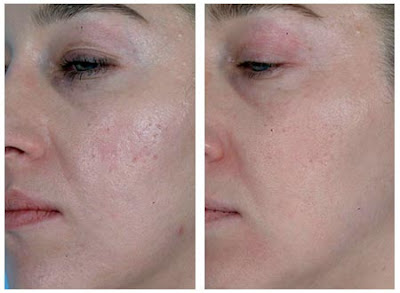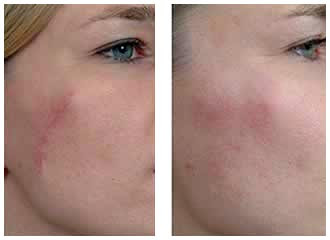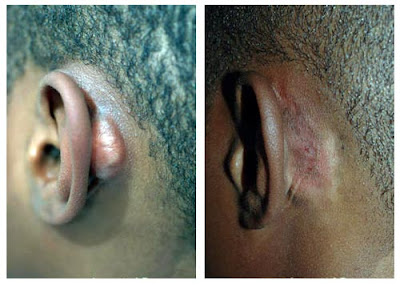Scar revision/Keloid revision/Hypertrophic scar revision is surgery to improve or reduce the appearance of scars. It also restores function, and corrects skin changes (disfigurement) caused by an injury, wound, or previous surgery.The revision may improve the appearance of the scar or restore function to a part of the body that may have been restricted by the scar.
A scar is the body's natural way of healing and replacing lost or damaged skin and is usually composed of fibrous tissue.When the skin is in the process of recovering from an injury, whether the result of an accident, surgery, a burn, or acne,or many other reason, scarring will occur wherever multiple layers of the skin have been affected. Once a scar forms, it is permanent but may be made less visible or relocated surgically through Scar revision Surgery/Z-plasty.
The visibility of the scar following the surgery depends upon the size of the scar, the depth of the original wound, the thickness of the patient's skin, the direction of the scar and the color of the patient's skin.
There are many different types of scars, including the following:
- keloid scars
- hypertrophic scars
- contractures
- Atrophic Scar
There are various treatment options that may be used for scar revision. The type of treatment you have will depend on the type and extent of scars being revised.
- Chemical peels
- Laser skin resurfacing
- Dermabrasion
- Scar excision
Some of the potential risks of scar revision surgery include:
- Bleeding
- Bruising
- Infection
- Feeling unsatisfied with the final results
- Negative reaction to anesthesia
- Reactions to medications
- Breathing problems
- Scarring
- Blood clots
- Keloid formation
- Swelling
For Information On Scar Removal Procedure Read :










